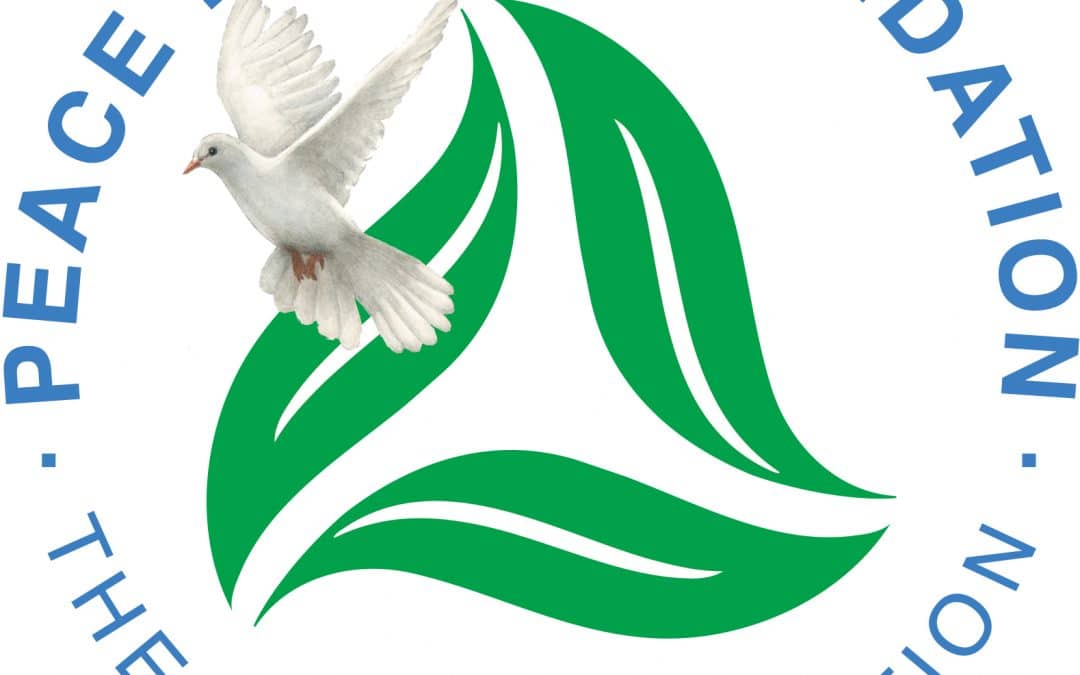Rhinos are critical to the broader ecosystem, yet an epidemic that is reducing the numbers of these majestic animals rages on. In 2017, a total of 1 028 rhinos were poached throughout the country, only 26 less than 2016. The scourge doesn’t look like it’s going to end in the foreseeable future with organised crime syndicates partnering with cross-border wildlife trafficking networks to focus their poaching efforts in areas where the risk of getting caught is lower.
In KwaZulu-Natal, conservation agency Ezemvelo KZN Wildlife – custodian of the world’s second largest population of rhino – has been especially hard hit, with more than 222 rhinos poached across the province last year. Much of this tragedy unfolded in Hluhluwe-iMfolozi Park (HiP), that is often referred to as the ‘birthplace of rhino’ as it was here where the southern white rhino was saved from the brink of extinction half a century ago
And it is also here where transfrontier conservation non-profit, Peace Parks Foundation, has stepped in with strategically employed technology to improve speed, scale and impact of anti-poaching activities.
Fighting wildlife crime involves a coordinated, joint effort
As an organisation involved in trans-border conservation, transnational wildlife crime has become a key focus area for Peace Parks. In partnership with Ezemvelo KZN Wildlife and supported by various donors through the Rhino Protection Programme, Peace Parks is implementing an integrated smart park technology strategy in HiP.
Peace Parks Foundation CEO, Werner Myburgh, explained: “The exponential increase in rhino poaching in South Africa has radically transformed the conservation environment. Rangers and conservation agencies are scrambling to respond in a timely manner on already stretched resources. There is no single silver bullet to this problem, but there is a realisation that new solutions need to be found to gain the upper hand in the battle against the organised crime syndicates. The situation necessitates a multiplication of force through integration of various people, processes and systems to regain the advantage.”
The HiP Smart Park strategy entails the deployment of a collection of integrated technology solutions that together create a connected environment to enable seamless collection and consolidation of real-time data from various devices and sensors throughout the Park. In addition, the strategy calls for cooperation and coordination of efforts between relevant role-players in the conservation, public and private sectors. Amongst others, this includes Ezemvelo’s own ranger forces as well as its anti-poaching teams, the South African Police Service, other provincial and national security units, and private rhino owners.
A centrally located command and control, or so-called ‘nerve centre’ located in HiP, is focused on makings this concerted collaboration effort smoother and easier to manage. The ‘nerve centre’, recently launched by Ezemvelo, is tasked with acting as a hub for the aggregation and visualisation of data collected from technology systems deployed in the park, along with information provided by counter-poaching forces on the ground. Intelligent technology systems allow for analysis and interpretation of data, which in turns enables quick decision-making, effective tactical planning, as well as forecasting and evaluation of rhino poaching risks in the region.
Using technology to do more on the conservation front
This level of rapid data analysis is being facilitated and made possible through Microsoft Azure, according to Doug Gillings, Programme Manager at Peace Parks Foundation. Automated data analysis helps with the formulation of actionable intelligence that can significantly reduce turnaround times and better inform intervention operations.
The use of Microsoft Azure provides law enforcement agencies with a secure, scalable serverless cloud platform through which to access data from virtually anywhere, using a variety of mobile devices. Furthermore, through the integration of Azure AI services, Peace Parks has unlocked additional benefits. The nerve centre receives tens of thousands of images from remote cameras placed strategically throughout HiP and for a small team, it is impossible to manually go through these for relevant images.
“Within a period of just over three months, more than 25 000 images were received by in-field cameras. Using Azure’s AI scanning capabilities, the system was able to return less than 1 300 images that were relevant in terms of potential human incursion, preventing the team from being overwheled by an influx of data” says Gillings.
The team at Peace Parks and Ezemvelo are confident that an integrated, technology-assisted approach such as this will help them be more effective in combatting wildlife crime and contribute towards the decline of rhino poaching numbers where it is applied.
Concludes Gillings: “The use of advanced technology in the conservation space is an evolving process, and we learn more and more lessons every day. Technology alone will not win this battle, but through combined efforts with the men and women on the ground, and through the technical assistance received from experts such as Microsoft and their Most Valuable Professional programme, we are confident that we will be able to assist Ezemvelo in overcoming various barriers to success.”


